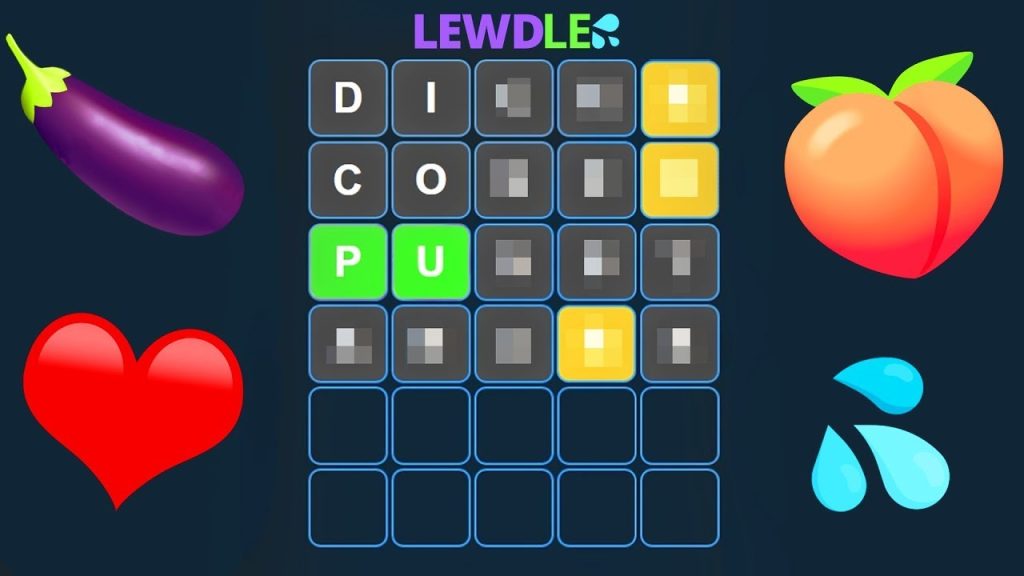
Virtual Reality in Gaming
Virtual reality (VR) is revolutionizing the gaming industry, providing immersive experiences that transport players to entirely new worlds. By enabling gamers to interact with their environments in ways that traditional gaming cannot, VR is reshaping the landscape of entertainment. This article explores the impact of VR on gaming, its applications, benefits, challenges, and future potential.
Immersive Gameplay Experiences
Realistic Environments: VR creates highly realistic environments that engage players on a sensory level. With 360-degree visuals and spatial audio, players feel as though they are truly part of the game world, enhancing the overall experience.
Physical Interaction: Unlike traditional gaming, where players use controllers, VR allows for physical interaction with the game environment. Players can move, reach, and manipulate objects, making gameplay more intuitive and engaging.
Emotional Engagement: The immersive nature of VR fosters a strong emotional connection between players and the game. This heightened engagement can lead to more intense gaming experiences, as players feel as though their actions have real consequences within the virtual world.
Applications of VR in Gaming
Single-Player and Narrative-Driven Games: VR is particularly effective for narrative-driven experiences, allowing players to step into the shoes of characters and explore rich storylines. Games like “Half-Life: Alyx” and “The Walking Dead: Saints & Sinners” offer immersive narratives that draw players into their worlds.
Multiplayer and Social Gaming: VR enables multiplayer experiences that foster social interaction. Games like “Rec Room” and “VRChat” allow players to interact with friends and strangers in virtual spaces, engaging in activities ranging from casual hangouts to competitive sports.
Fitness and Exercise Games: VR gaming has also found a fitness niche, with games designed to encourage physical activity. Titles like “Beat Saber” and “Supernatural” combine gaming with exercise, making workouts enjoyable and engaging.
Educational and Training Simulations: Beyond entertainment, VR is increasingly used for training and educational purposes. Simulation games can prepare players for real-world scenarios, such as pilot training or emergency response situations.
Benefits of VR in Gaming
- Enhanced Immersion: The primary benefit of VR in gaming is the level of immersion it offers. Players are transported to alternate realities, allowing them to escape their everyday lives and experience new adventures.
- Physical Engagement: VR encourages physical movement, promoting a more active gaming experience. This can lead to health benefits, as players engage in physical activity while enjoying their favorite games.
- Social Interaction: VR gaming creates opportunities for social interaction, allowing players to connect with others in a shared virtual space. This social aspect can enhance the gaming experience and foster a sense of community.
- Innovative Gameplay Mechanics: VR opens the door to new gameplay mechanics that were previously impossible. Developers can create unique interactions and challenges that leverage the immersive nature of VR, offering fresh experiences for players.
Challenges and Limitations
Despite its exciting potential, the integration of VR in gaming faces several challenges:
- Cost of Equipment: High-quality VR headsets and the necessary hardware can be expensive, limiting access for some gamers. While prices have come down, the initial investment can still be a barrier.
- Motion Sickness: Some players may experience motion sickness or discomfort when using VR. This can limit the duration of gameplay and discourage some individuals from using the technology.
- Content Development: The development of high-quality VR games requires significant resources and expertise. As a result, the library of VR games is still relatively small compared to traditional gaming platforms.
- Space Requirements: VR gaming often requires dedicated space for movement. Not all players have the room to engage in physical gameplay, which can limit the appeal of VR games.
The Future of VR in Gaming
The future of VR in gaming is bright, with ongoing advancements likely to enhance its applications:
- Improved Technology: As VR technology continues to evolve, we can expect lighter, more comfortable headsets with better graphics and reduced latency. These improvements will enhance the overall gaming experience.
- Broader Game Offerings: As more developers embrace VR, the variety of games available will expand. This growth will include diverse genres, catering to different gaming preferences and audiences.
- Integration with Other Technologies: The integration of VR with augmented reality (AR) and artificial intelligence (AI) could lead to innovative gaming experiences. This convergence may create hybrid games that blend real-world elements with virtual interactions.
- Expanded Platforms: As VR becomes more mainstream, we may see its integration into existing gaming platforms. Console and PC gamers may gain access to VR experiences without needing entirely new systems.
Conclusion
Virtual reality is redefining gaming by offering immersive, interactive, and engaging experiences that transform how players interact with games. While challenges remain, the potential benefits of VR in gaming are significant. As technology continues to advance, VR is set to play a central role in the future of entertainment, offering gamers unparalleled experiences and new ways to connect with others.


